The Urban Order Team was protested by street vendors when handling violations.
Mr. Hung's motorbike weaved through the crowd, his eyes scanning every stall in the bustling fair, looking for "hidden" street vendors. Suddenly, he signaled to his teammates, pointing his index finger at a woman in a white T-shirt riding a black Air Blade behind him. Everyone understood that she was a "stalker".
"The street vendors trade in groups. When they see the urban security forces coming, they send 1-2 people to alert them of their location and hide," he explained, showing proficiency in "tricks" of hiding.
His expertise from when he was a police officer came in handy now. While walking, he suddenly turned right. The woman in white shirt lost her balance and passed by, furtively turned back to look, and immediately met Mr. Hung's "warning" gaze. But it was useless, the "stalker" did not give up, continuing to follow him all morning, walking and stopping together like a member of the working group.
After many years of experience, Mr. Hung divides mobile sellers into two groups: "documented" traders; and those in difficulty, young students looking for a way to make a living. He confidently asserts that "you can tell who is a big shot and who is new to the profession by looking at their faces." In cases of new violations, he usually just warns them and lets them go.
"It's impossible to handle them all, but we have to punish them to set an example. Otherwise, they will sell everywhere," he said.
Nguyen Duc Thang, Head of the Urban Order Team of District 1, Deputy Head of the Urban Management Department, explained that the sidewalk is the place that most clearly reflects the economic situation of informal workers. Therefore, after the pandemic, the Team "cannot handle fines" because the number of people on the sidewalk to make a living is countless.
"Many people question why the city is not handling the problem resolutely and thoroughly. We really can't keep up. Fines don't solve the root of the problem," he said.
Team leader Le Huu Hung also admitted that although the patrol team patrolled continuously, each time they returned, the situation remained the same, and street vendors changed their sales methods to cope. He proposed that the city plan a separate area for street vendors, and only allow them to sell for two years before giving up the space to others. This is the city's way of supporting those in difficulty in the early stages of "starting a business", and urban order officers like him do not have to be caught up in a never-ending chase.
Hideout
In the fierce search for urban order, many street vendors have found their own "hideouts" with the help of street-front homeowners. Dealing with homeowners to have a fixed selling point on the sidewalk has become a "secret contract" that many street vendors accept to follow with the principle of willing buyer and willing seller.
A landlord on Nguyen Thai Son Street, Go Vap District, said he had rented out the ground floor as a hair salon, but the sidewalk in front of the door was empty so he needed to find a tenant. The transaction did not require a contract, and cash was required. The rental price included electricity, water, storage space, and even a toilet. Meanwhile, tenants were willing to pay a fee of 2-3 million VND per month to do business in peace. Sidewalks have accidentally become a type of real estate with almost absolute profitability.
Image of public social media post looking for sidewalk tenants
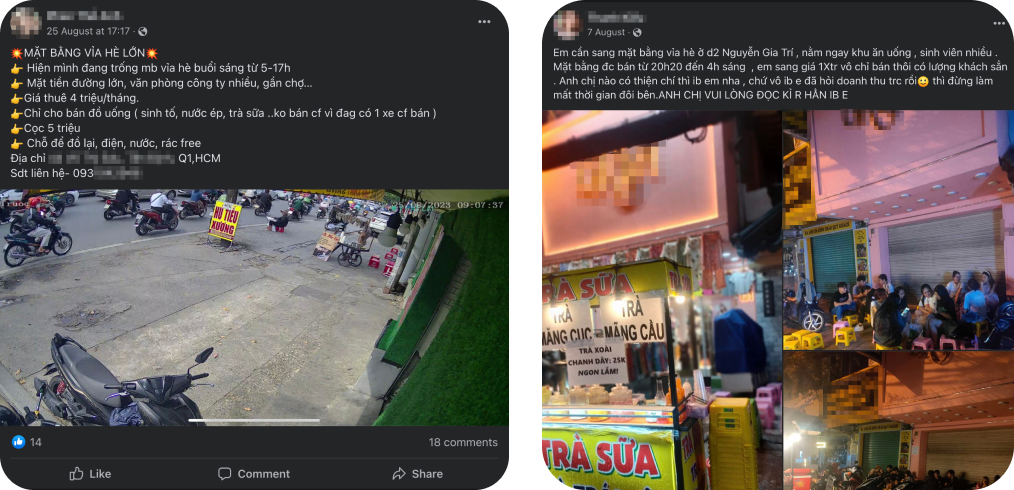
In her study of Saigon sidewalk life, Public Policy Professor Annette M. Kim calls this "a collaboration with vendors and property owners." Whether to pay a fee or to trade for free in front of the storefront is a private agreement between each person. She believes this is surprising and shows the humanity in Saigon's urban culture, unlike most other cities in the US and Europe, where these two groups often fight each other instead of sharing space for mutual benefit.
Thanks to this arrangement, sidewalk vendors form an ecosystem of continuous operations, leaving many sidewalk spaces with almost no downtime. The sidewalk on Nguyen Gia Tri Street, Binh Thanh District, is a testament to this, with shops constantly taking turns using the sidewalk at full capacity.
Source link



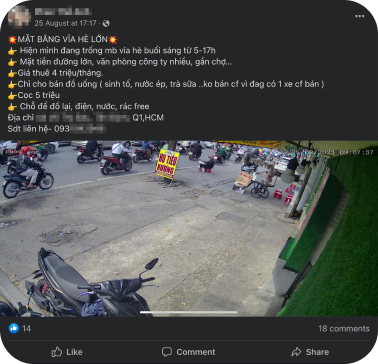
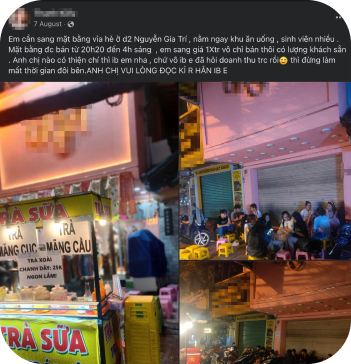



![[Photo] President Luong Cuong attends special political-artistic television show "Golden Opportunity"](https://vstatic.vietnam.vn/vietnam/resource/IMAGE/2025/8/22/44ca13c28fa7476796f9aa3618ff74c4)
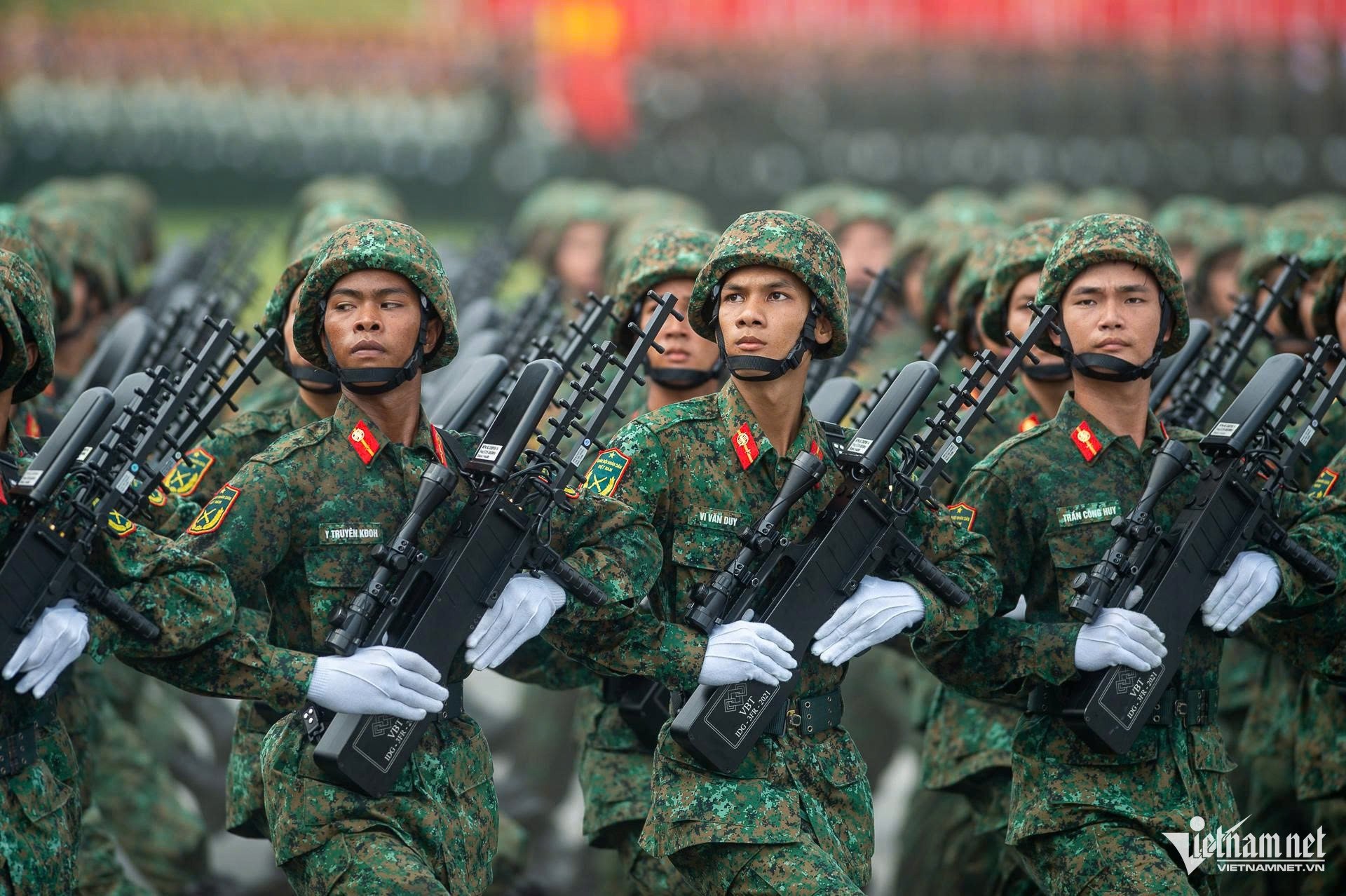

![[E-Magazine]: That place is so passionate that it makes your heart flutter](https://vstatic.vietnam.vn/vietnam/resource/IMAGE/2025/8/22/ac7c83ddf6dc43a49a177f8f8bc2262d)



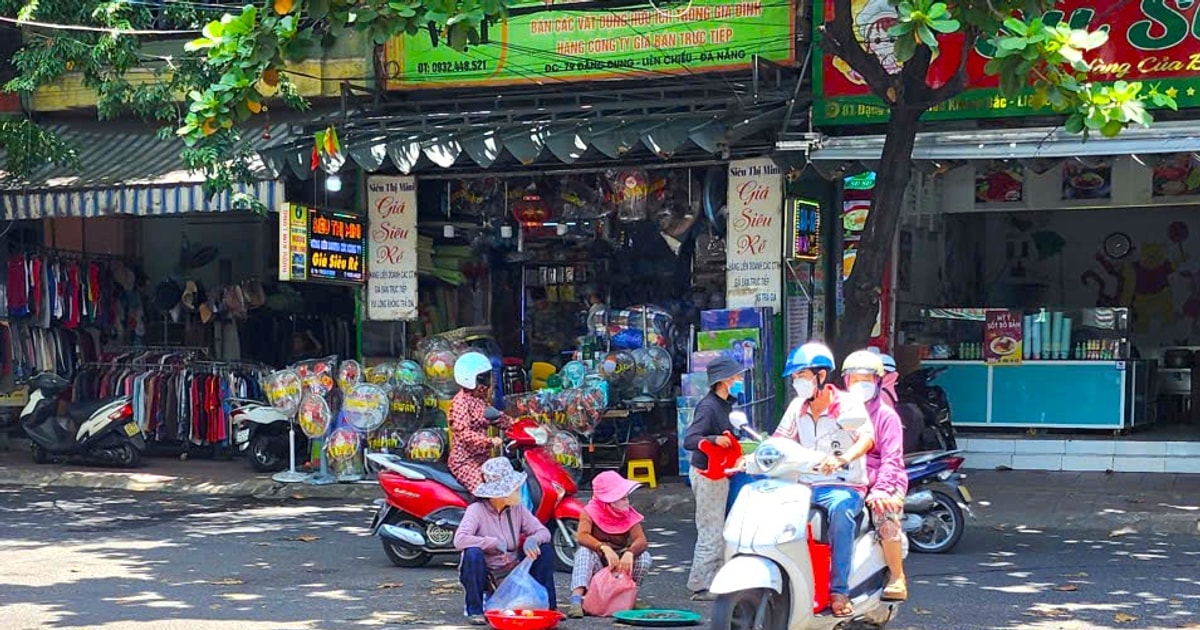

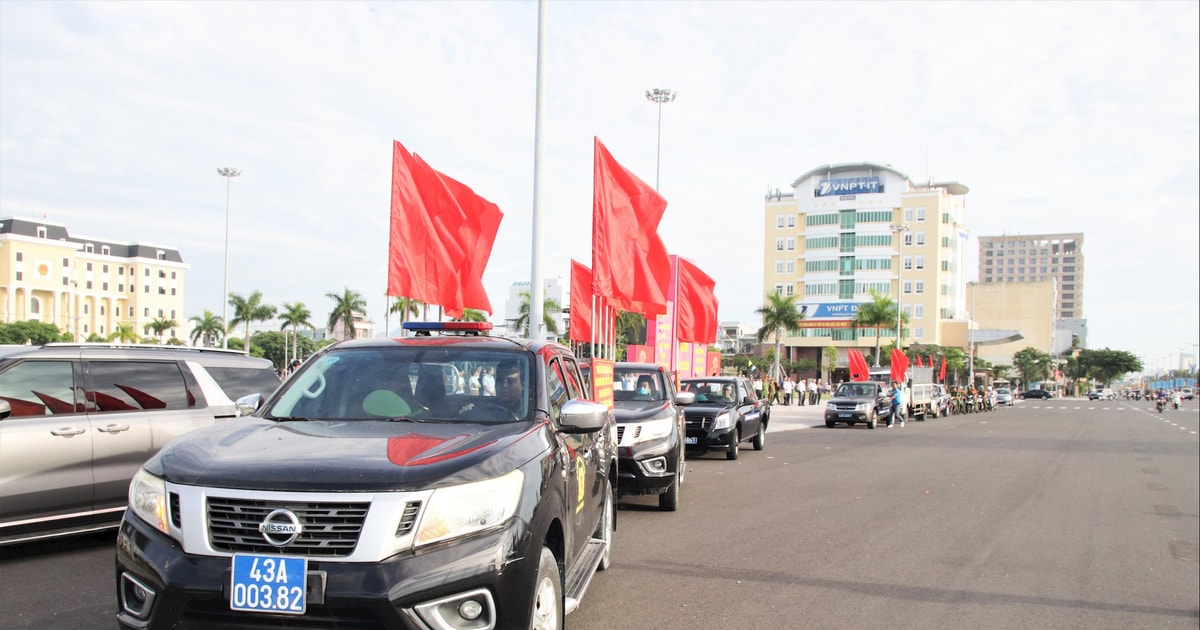
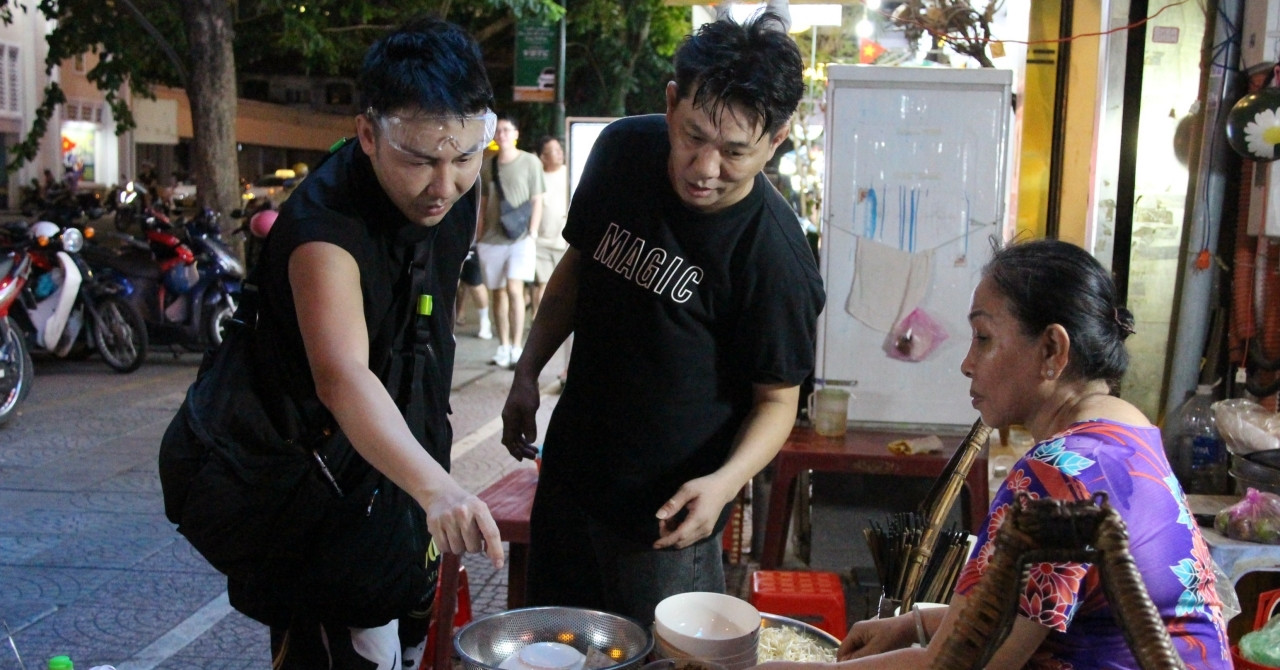

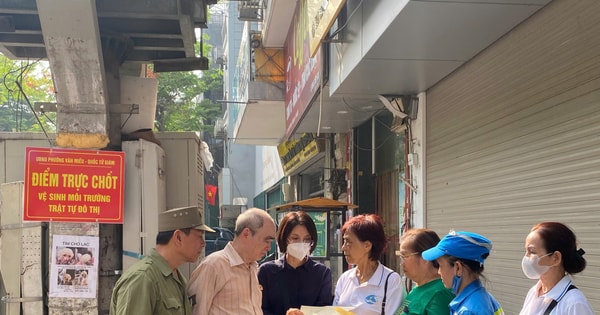
















































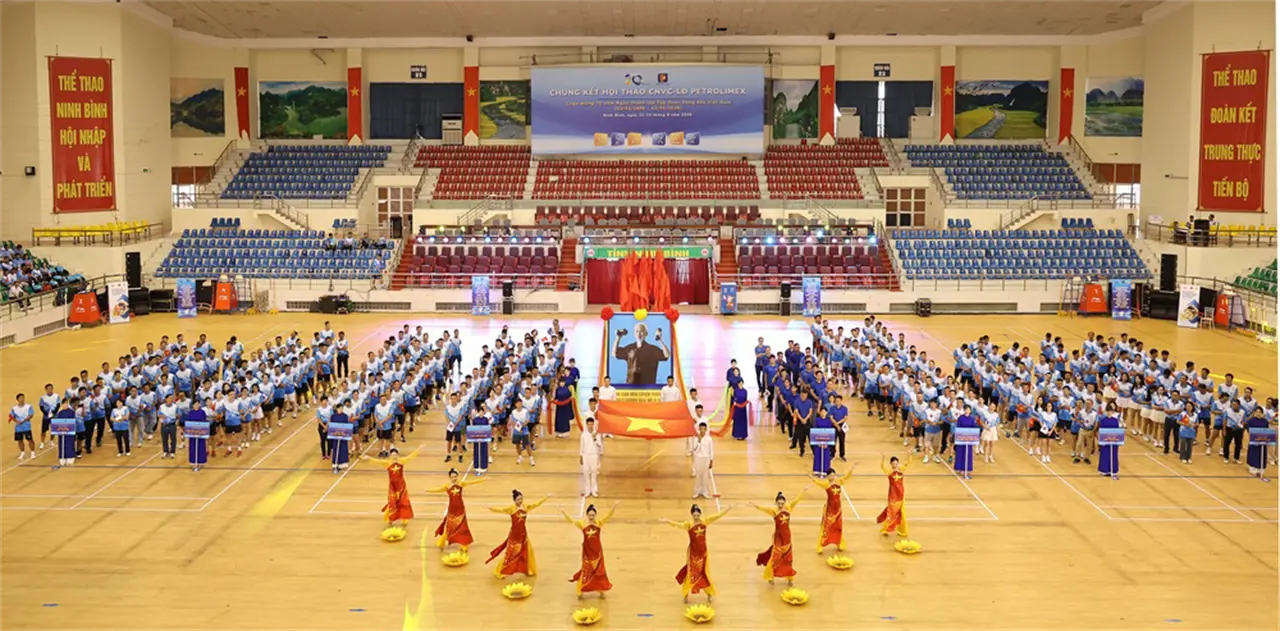





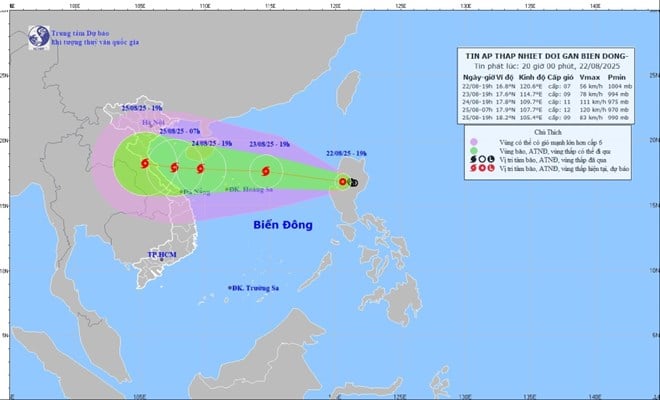



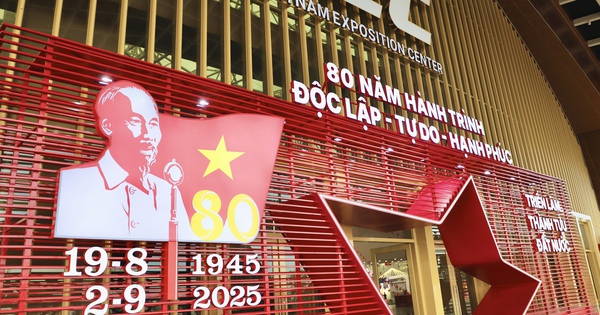









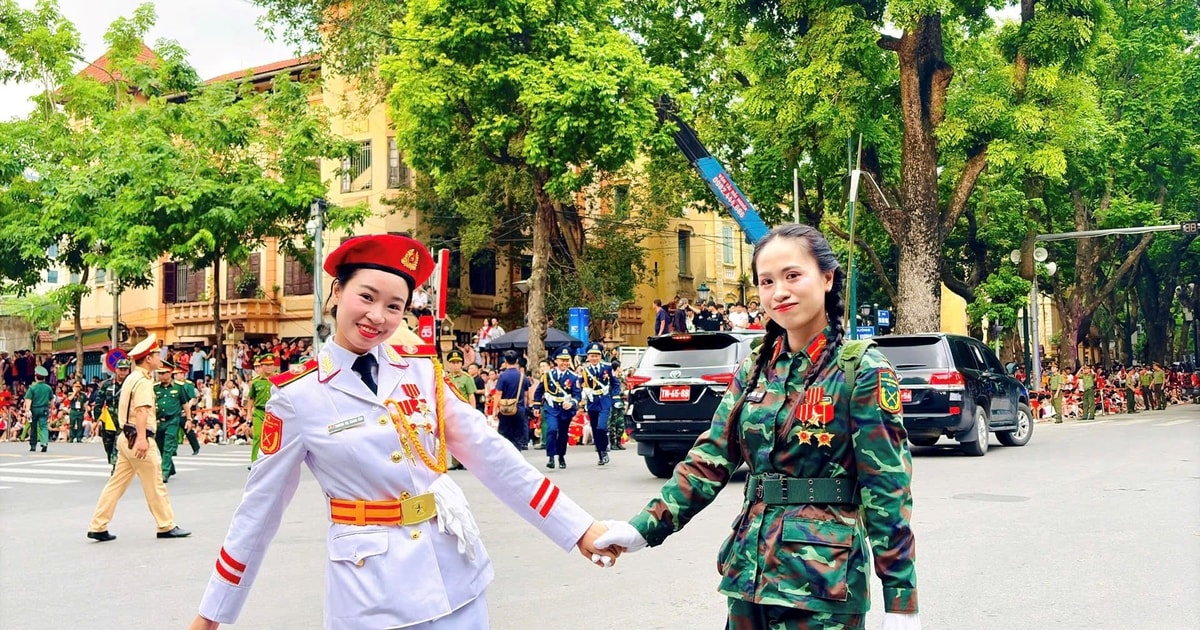

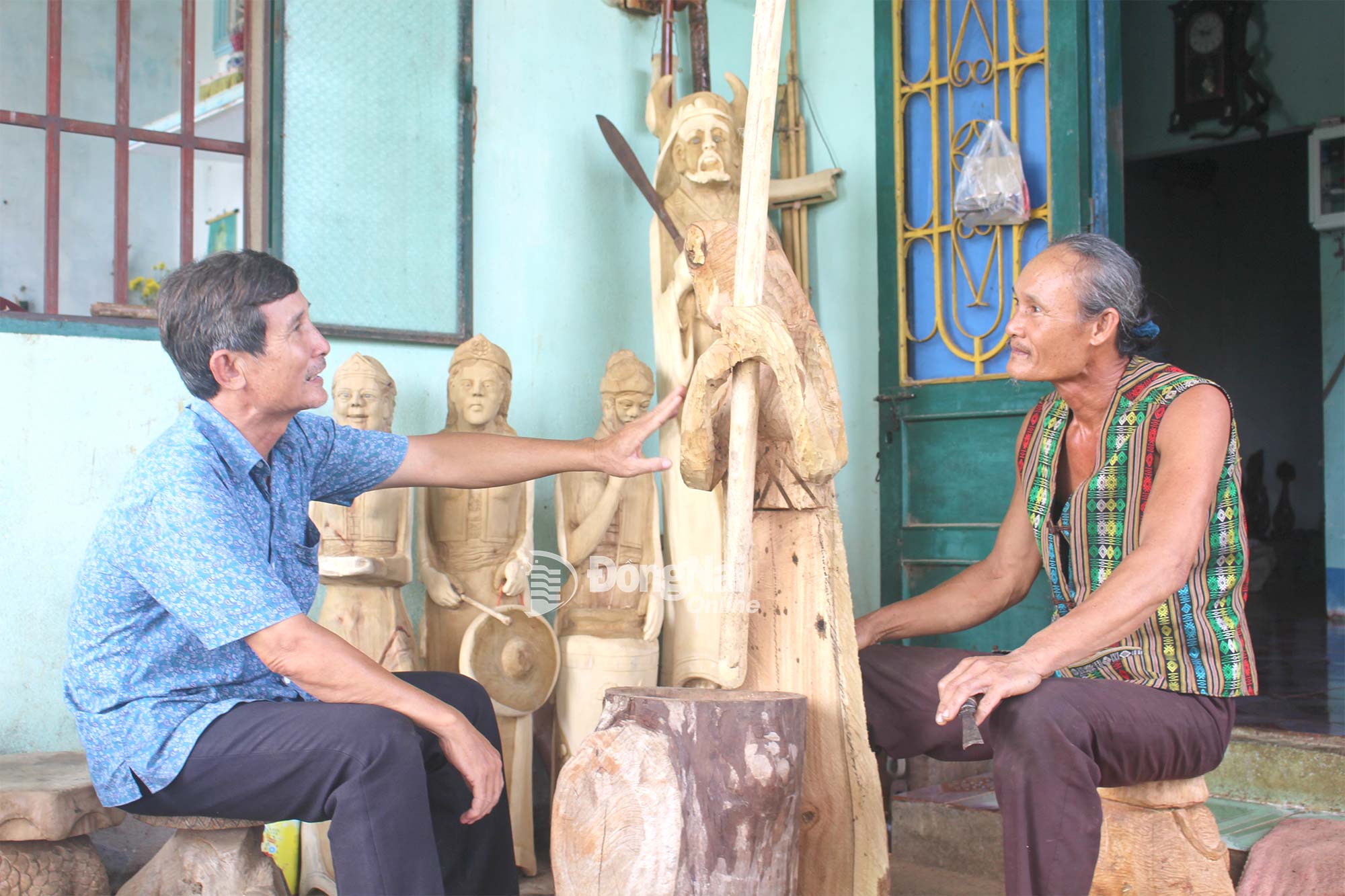

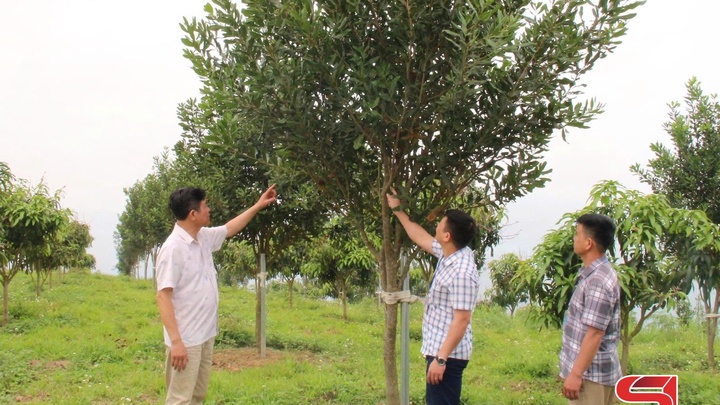













Comment (0)